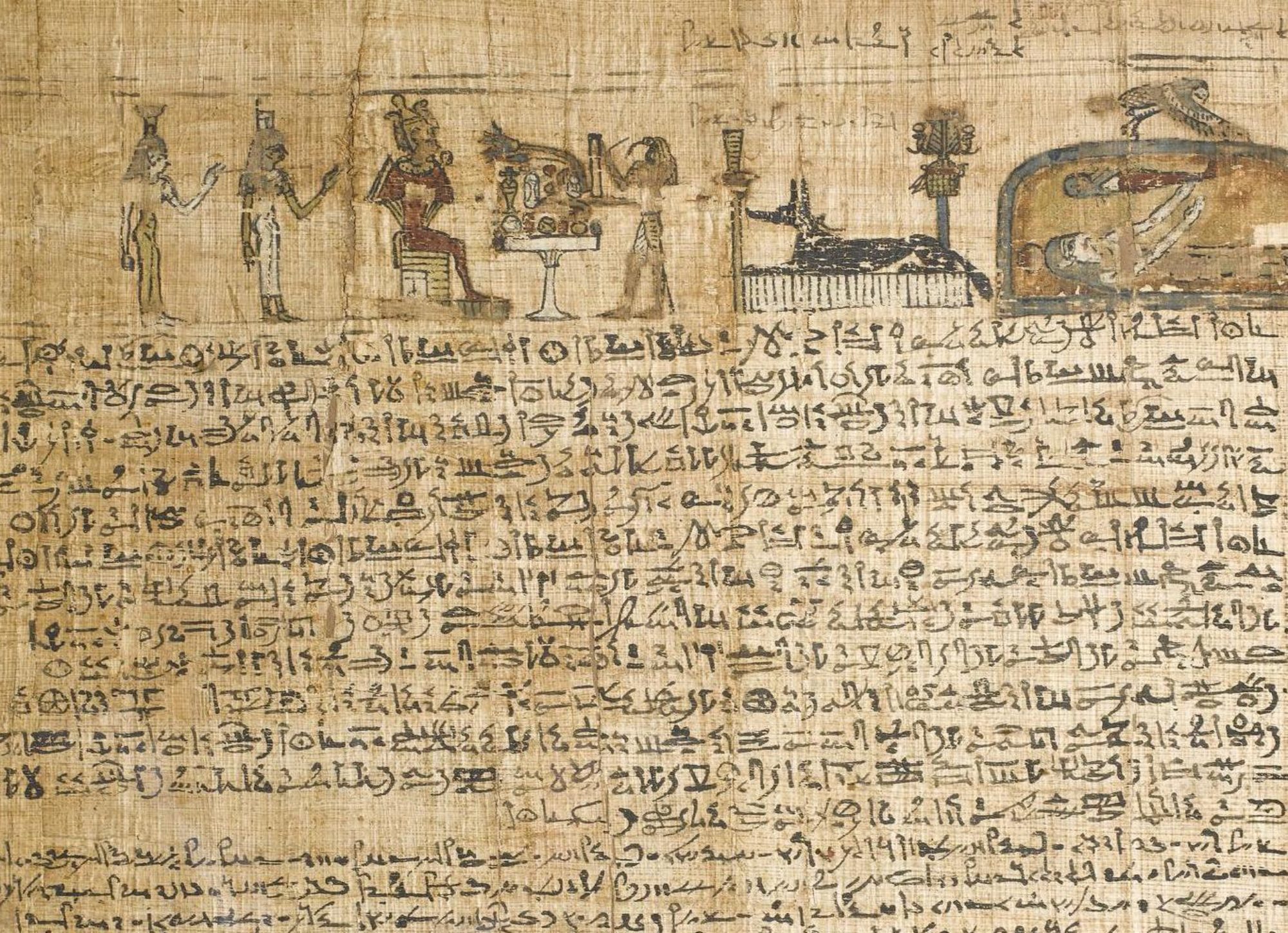In relation to my previous post about the Egyptian polyseme Å¡di which means both ‘to suckle’ and ‘to educate’, I thought I’d look at another polyseme which ended up being extremely influential in Egyptian tomb decoration. And which is an excellent excuse to examine some of my favourite masterpieces of Egyptian art, the tomb paintings of Nebamun at the British Museum, scenes of which are illustrated below.
One of the oldest, most common, and central scenes in Egyptian tomb decoration, depicts the tomb owner fishing and fowling in the marshes. It held a symbolic meaning, relating the tomb owner’s triumph over nature to the triumph of order over chaos and death. However, there was also another additional layer of symbolic meaning connected to fertility (and so, to rebirth in the afterlife), which can be discerned from some of the unusual features present in the scene.

Fishing and fowling was a form of hunting sport, a very masculine activity, but while other depictions of hunting never include female figures, in the fishing scene, the tomb owner is always accompanied by his wife, elaborately dressed, wearing jewellery and a wig, and his children. The marsh setting is associated with fertility and the goddess Hathor, who hid there to nurse the child god Horus, and was the goddess of love, music, beauty, and sexuality. Some marsh elements have erotic symbolism, like ducks, while others are connected with rebirth like lotus flowers (which open when the sun rises), tilapia fish (who swim into their parents’ mouths when there is danger, and then emerge again ‘reborn’). The word play involved in the scene involves the visual puns of the spear and the throwstick held by the tomb owner. The word ‘to spear’, sti, also means ‘to impregnate’, and the word for ‘throwstick’, qmA, also means ‘to beget’.
The word sti also serves as a pun in the banqueting scenes that frequently appear in 18th Dynasty tombs. The guests are shown having drinks poured for them, and sti can mean both ‘to pour’ and ‘to impregnate’. Drunkenness and intoxication, enhanced by smelling lotus flowers and mandrake fruits, are also associated with Hathor and fertility. Further, the guests are entertained by music and young naked adolescent dancing girls, completing what is obviously an erotically charged scene.
Word play contributed a central aspect of funerary decoration, and celebrated the Egyptians love of life, love, and words.


I love these articles…I’d heard a bit about the idea of the ‘marsh scenes’ being almost an innuendo for sex, but I first thought that this was actually a modern interpretation of a scene that really meant nothing more than hunting in the marshes. I mean, I see where it comes from, I’m sure loads of innuendo can be seen from a big long hard object being driven into a moist, fertile environment, lol! But you’re saying this sexual meaning of the marsh scenes was actually how the ancient Egyptians saw it, not a modern view?
There’s one other thing…I thought the goddess who hid Horus in the marshes to nurture him was Isis, not Hathor? The stories of Isis and Horus hiding from Set in the marshes, and all the various scorpion-related myths that arose from that, are very well known, part of the great Isis-Osiris-Horus saga. I’ve seen scenes of Hathor as the nurturing cow but I’ve never heard of her, instead of Isis, doing the nursing of Horus in the marshes specifically…
Thanks Izzy! I think the Egyptians would have seen that there were several layers of symbolic meaning. There’s definitely an order vs. chaos theme, but there seems to be lots of fertility symbolism too.
Isis did hide her son in the marshes and nursed him, but Hathor was also thought to have taken that role and there are numerous depictions of her in divine cow form suckling a child, either Horus or the actual king in Horus-form. The Egyptians always had multiple versions of stories!